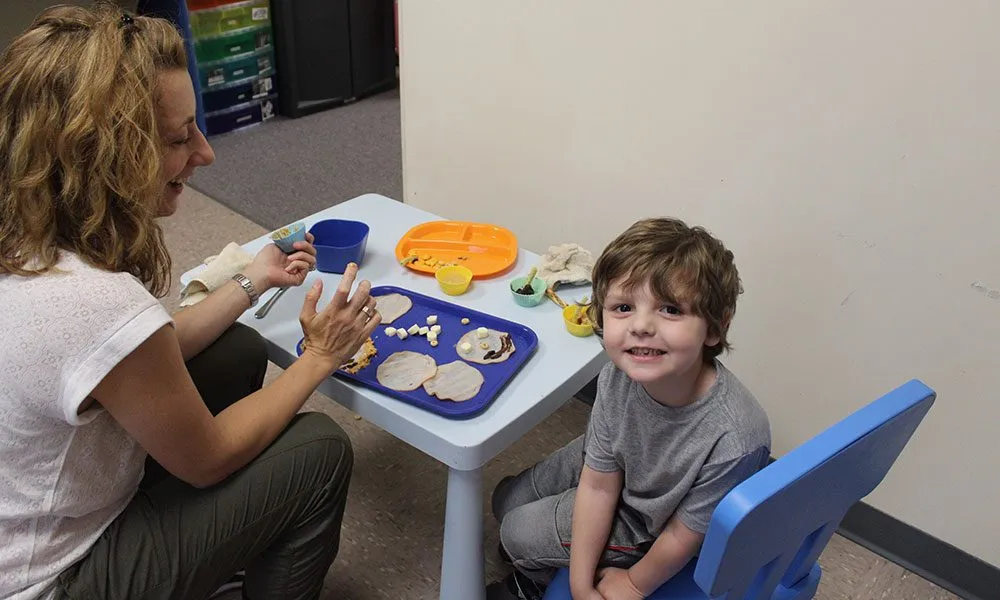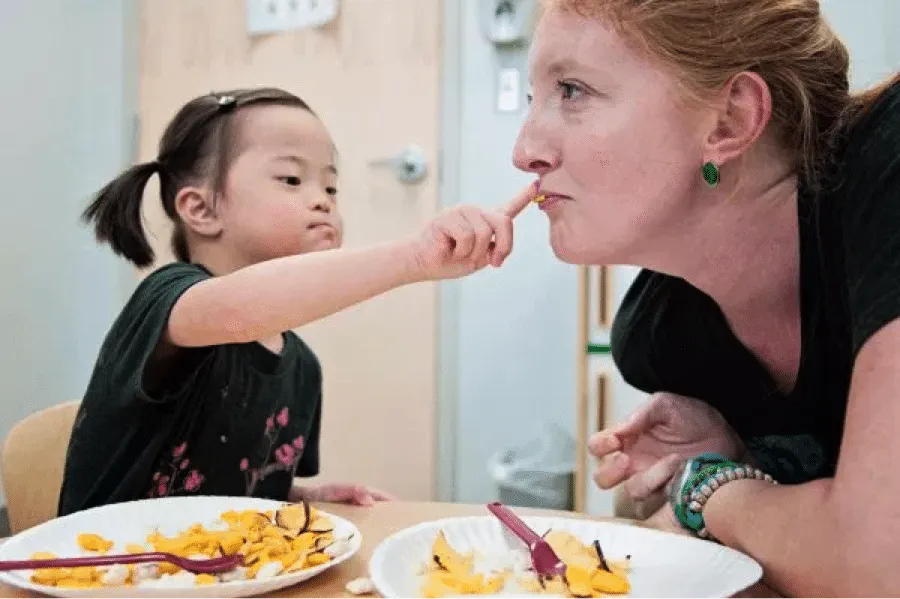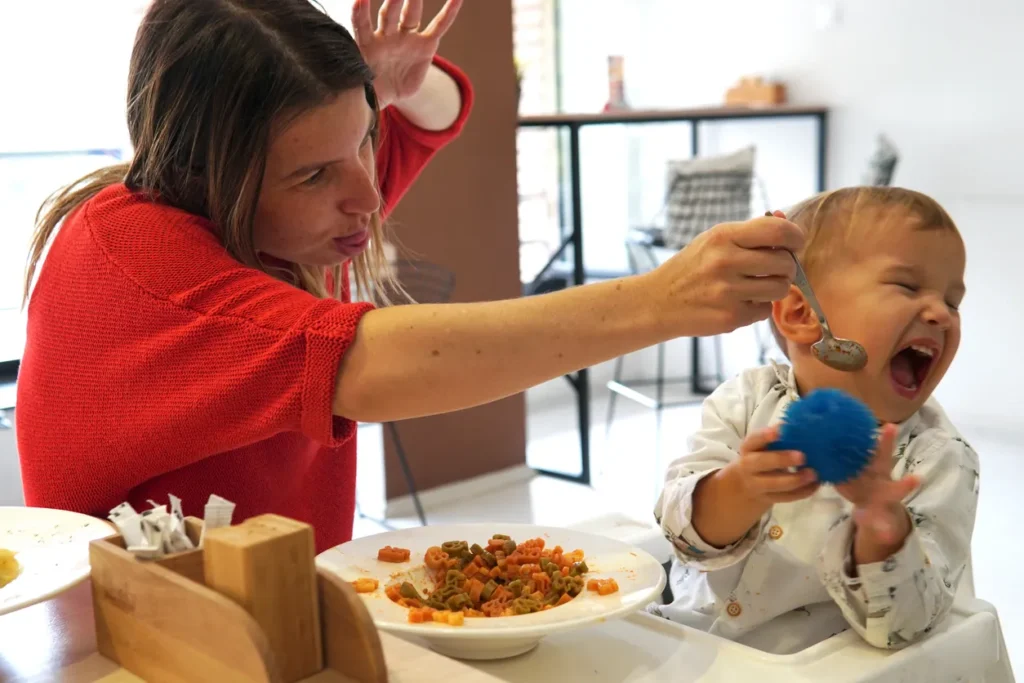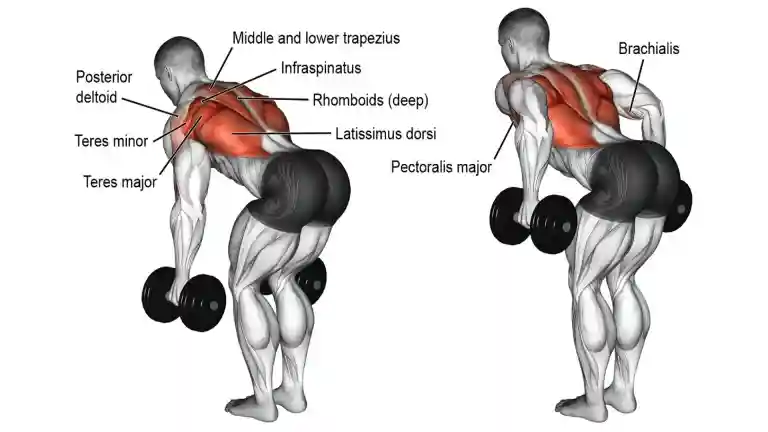Food therapy for kids is more than just comforting a child with food; it can also include a variety of additional activities, such as food becoming a companion that helps the child grow and express behavioural improvements.

It’s simply a secret weapon under the cover of a luscious bite of apple or that fun trip to a grocery store!
Whether your child is struggling with eating or simply wants to broaden their taste, food therapy can help them learn to taste and experiment with a variety of foods, textures, and even social skills. Keep reading to learn more.
What Is Food Therapy for Kids?
Food therapy for children is a unique nutrition therapy where feeding, like medicine, helps improve physical health, cognitive abilities, and emotional balance.
It is different from ordinary diets in that it includes therapeutic interventions meant to ameliorate problems specific to childhood.
The approach takes account of the action of removing problematic foods, generally including common allergens such as dairy, gluten, soy, and artificial additives, which can lead to behaviour-, digestion-, or inflammation-related issues.
At the same time, emphasis is placed on nutrient-rich foods, for example, omega-3-rich foods for brain development, probiotic foods for balancing the gut flora, and antioxidant-rich fruits and vegetables to ensure optimal growth and development.
Among other things included in food therapy is that the child’s gut-brain connection links digestive health to neurological and behavioural outcomes.
Therapeutic foods like bone broth, fermented vegetables, and prebiotic fibres heal the gut and restore microbiome balance.
Taking into account the unique nutritional needs of children, the intervention guarantees that macro- and micronutrient ratios support growth, immune support, and brain development.
It involves a gradual process of attracting their interests with the creative food presentation and systematic testing for acceptance and responses.
Beneficial features of professional support by a pediatric nutritionist or dietitian ensure guidelines for safe, effective protocols with or without supplementation with probiotics or vitamins when necessary.
Food therapy is tailored to every child, knowing how each reacts differently. Also, it encompasses some lifestyle factors such as sleep, exercise, and stress in order to achieve the whole benefits of a person.
Emerging research continues to support this kind of activity in providing parents with the benefits of natural, evidence-based treatment of their children’s conditions. For issues on conditions specific to a child, it would be wise to consult a specialist.
How Can Feeding Therapy Work for Kids?

The procedures used in pediatric feeding therapy will be determined by the practitioner and your child’s medical condition. Feeding therapy might take place in a hospital, therapy centre, doctor’s office, or nutritionist’s office.
Feeding treatment can take several forms, including sensory, behavioural, and motor therapies.
Your kid’s doctor will consult with you to identify which therapy model is appropriate for your child. Some popular ways are:
1. The Get Permission technique is built on establishing a positive and trustworthy feeding relationship between the caregiver and the child.
This requires the caregiver to set goals and follow the child’s pace by reading cues indicating that the youngster is “giving permission” for the caregiver to proceed.
Initially, your youngster will be exposed to food and forced to gaze at it. Before consuming the food, the next steps are to smell, touch, and taste it.
2. The Beckman Oral Motor Approach may aid children with oral motor issues by guiding them in responding to pressure and movement, as well as range, variety, strength, and control of the lips, jaw, tongue, and cheeks.
Focusing on these areas allows children to receive assistance with their feedings. Behavioural techniques frequently use a reward-based system to incentivise children to engage with food.
A child who tries new foods, for example, may be rewarded with a piece of candy, a sticker, or a toy.
Children who receive behavioural treatment are more likely to try new foods in the future if they learn to correlate the experience with a reward.
Digestive Disorders in Kids

If your child has a feeding condition, you may notice that he or she refuses to eat or has difficulties swallowing.
As a result, they may experience weight loss or malnutrition. Impaired social-emotional or intellectual development may also indicate that your child has a feeding condition.
A child’s feeding issue could be caused by a variety of medical, physiological, behavioural, developmental, or psychosocial causes.
Up to 25% of children struggle with feeding, particularly during infancy and early childhood. This percentage rises if the feeding issue is combined with a developmental handicap.
Selective Eating Versus Disordered Eating.
Your child might just be a finicky eater. This is generally resolved without the need for medical intervention.
Some children become tired d eating the same foods all the time, while others are reluctant to try something new. Some ideas for helping your child overcome fussy eating include:
1. Waking up the mouth with a toothbrush.
2. Letting your youngster feed.
3. Allowing children to play with food (while cleaning up properly).
4. Allowing your child to assist with meal preparation.
5. Introduce desirable foods in modest, controllable amounts by pairing them with undesired foods.
6. Establish regular eating times with family if possible.
7. Discussing the meal and their objection to it, rather than simply ordering, they eat it.
8. Encourage interaction with food through various senses, including sight, touch, smell, and taste.
Symptoms of a Food Disorder
If your child exhibits any of the following indicators, they could benefit from food therapy:
1. Aversion to food.
2. Poor oral motor function.
3. Failing to thrive.
4. Tantrums during meal times
5. Problems with self-feeding
6. Refusing to eat certain food textures.
7. Swallowing difficulties include coughing, gagging, choking, and vomiting during eating.
8. Frequent respiratory disorders, including pneumonia.
Additional symptoms to check for include difficulty breathing while trying to eat or drink, holding food in their mouths without swallowing, and difficulty chewing.
Implementing Feeding Food Therapy at Home for Your Kids
You can take a few actions at home to improve your child’s feeding experience and help them develop healthy eating habits.
First, maintain a happy and encouraging attitude so that your child does not withdraw during feeding times. If you feel frustrated, your child will most certainly become frustrated as well.
Enjoy your meals and be creative. Design colourful designs or use a variety of colours in your child’s food.
You can even play with your child’s food by transforming it into an aeroplane or train, complete with sound effects. You should also provide your child with a variety of foods and allow them to choose which ones they wish to consume.
Avoid forcing your youngster to consume anything they do not enjoy. Forcing them to eat will cause them to equate food with negative emotions.
The Future of Pediatric Nutritional Medicine
More and more research areas confirm emerging innovative food therapy in health for children-such as the innovative areas probing gut-brain access and tailoring an individual’s genetic testing for nutrition.
Technologies have now redefined the intervention as the most accessible: microbiome kit analysis to mobile applications tracking food-mood-behaviour connections.
As science progresses, food therapy stands ready to form part of the main global pediatric healthcare.
Conclusion
Amazing right? Food therapy might seem to be creating chaos in the kitchen, and yet it is a wonderful way for youngsters who just need a little help in their development.
Learning by hands-on experiences with eating can turn mealtime into an exciting and all-encompassing foundation.
Locking nutrition’s gift of healing in children by evidence-based strategies, so that they can allow parents and caregivers access to a child’s potential in therapy through food.







